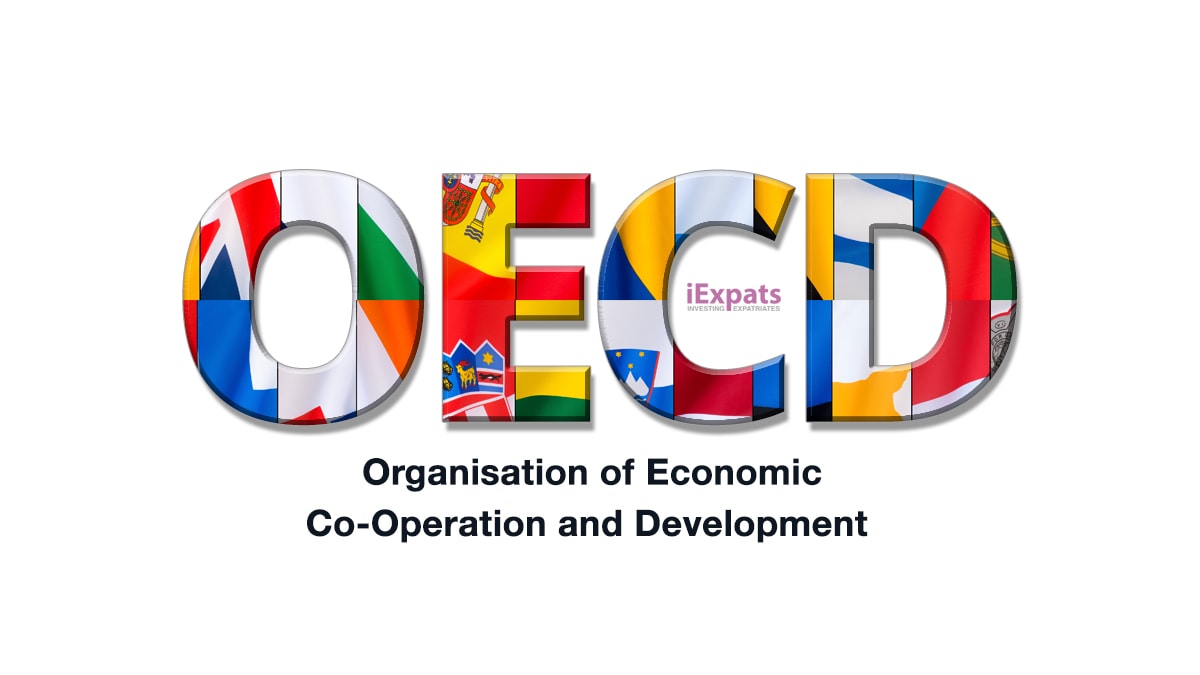
A dive into G20 and OECD tax framework deal
Since the 2008 financial crisis, the United States has witnessed unequal growth, with the highest income inequality for any developed nation. Other developed nations have also quickly followed the trend, with the developing world being on board for a significantly long time now. India, for example, has been one prime example of what rising income inequality and uneven economic growth look like, with the top one percent earning a large amount of the gross income.

In a revolutionary move, the United States’ Biden government announced a taxing the rich tax initiative that changed the trickle down approach of economics to bottoms up in an attempt to ensure that the rich are paying their fair share. The evasions of the rich and their dominance in the United States has been a long heard story and a reform to change that could very well be the one thing that the world needed for the change. Nonetheless, this change went further ahead to the proposition of a global minimum tax, which, even though proposed by the United States at 21 percent, was finalized by the present finance ministers and governors of the G7 countries at 15 percent.

The US Treasury Secretary, Janet Yellen, proposed this contention by discussing the ’30 year old race to the bottom‘. This particularly refers to the tacit race between countries to attract Multinational corporations and business houses by time and again slashing corporate taxes and emerging as a beneficial location, Hong Kong being one such example.
While the G7 countries passed the proposition, July would witness a meeting of G20 along with OECD countries to further this agenda globally. As for when that happens, let’s look at what is India’s take on it and how it would impact the current functioning of the government.

In a recent move by the Indian finance ministry, corroboration has been expressed to the proposed framework, becoming one of the 130 signatories supporting the cause. The ministry’s statement determined the authority’s support towards the fair share payment of multinational corporations at their place of insurance. Now that we know India’s stance on it, there are a few sneaky details that we might need to get into to understand the complete picture here.
To begin with, consider the fact that India would no longer be in a position to levy the equalisation tax once this global tax reform gets finalized. Currently, this equalisation levy is borne by companies like Amazon, Google, Facebook, amongst others. Let’s see what this equalisation levy is and then discuss its implications. But before that, take note of the fact that the details and implementation of the proposed reform is yet to be drawn up, which, however, has tentatively been drawn to October 2021.
The objective of the reform, which is in alignment with the rich paying their fair shares and mitigating tax evasion, thus, is what the signatories, including India, have stood in support of. This is why India would not be able to continue the equalisation levy once the reform is implemented.
Now, as for what equalisation levy is. This levy is imposed on foreign e-commerce companies with an intent to tax digital transactions. It is a direct tax payable by the service recipient.
Now, the country’s decision with respect to their stance on the global reform was contingent on the tax collection in the sense that they do not lose out with the applicability of the law than they did with the equalization levy. As should be clear from the response of the Finance Ministry, the application of the proposed reform would stand in solidarity with the country’s stance for a higher share of profits for the market.
There are still a few questions, however, that need to be answered. For instance, the share of profit allocation and subject to tax rules. These questions would be answered only after the details of the reform and its implementation are revealed, so let’s keep our eyes searching till then.
Keeping in view the varied distinctions between countries around the globe and eventually their adopted tax systems, the proposed tax reform is said to approach with a two-pillar framework. This includes one side being the dealer of digital and transnational companies, and the other one overlooking low tax jurisdictions. The purpose of the latter is an attempt to cross border profit shading and treaty shopping.
The first pillar particularly aligns with the reform’s objective of tackling the race to the bottom and mitigating the multinational corporations’ ability to evade taxes through shifting profits to low tax jurisdictions. Thus, these reforms make it mandatory for multinational corporations, including digital corporations, to earn profits of more than USD 100 billion to pay taxes in the country they operate and earn profits in. This comes under the head of annual reallocation to market jurisdictions, as explained by the OECD.
The second pillar, is eventually what this discussion began with, the global minimum tax floor which was unanimously pegged at 15 percent. The said amount, along with the assurance of other criteria being met, is estimated to bring about an incremental USD 150 billion in tax revenues. The intricate details of the subject matter including the questions raised above are yet to be fully finalized and discussed.
As mentioned, the implementation of these reforms, especially the latter, would erode the selling point of countries like the Netherlands and Luxembourg who attract multinational investments through their low tax regimes. Some other tax havens like the Bahamas or the British Virgin Islands are also added cumulatively to the list.
While we will continue to discuss the prospects of this tax reform and how it is the new tectonic shift in the global system, there are some questions regarding the applicability that remain a question. Along with titillating the amount generated via the changed regime and if that would at least equal the equalisation levy generated amount, India also needs to consider the applicability prospects.
The statement is made in the sense that tax rates are a significant policy instrument, especially for a country like India whose fiscal liquidity is not as adequate as the country may need. The point here is a particular regime, for tax collection, could take away that liberty from the country’s government and would ultimately mean the loss of a significant policy instrument. Again, there are a lot of factors that need attention before arriving at a conclusion and even though the country’s finance ministry is sure to take a deeper dig into it, we need to be diligent enough to cover the pros and cons of every situation to stay aware of this significant global change facing us.




